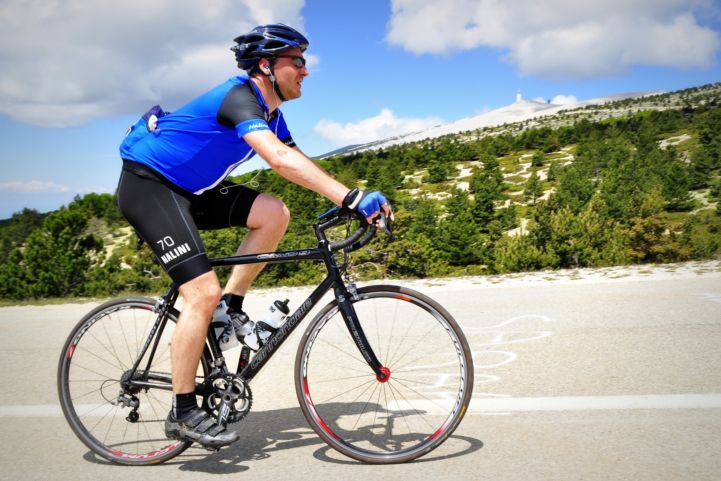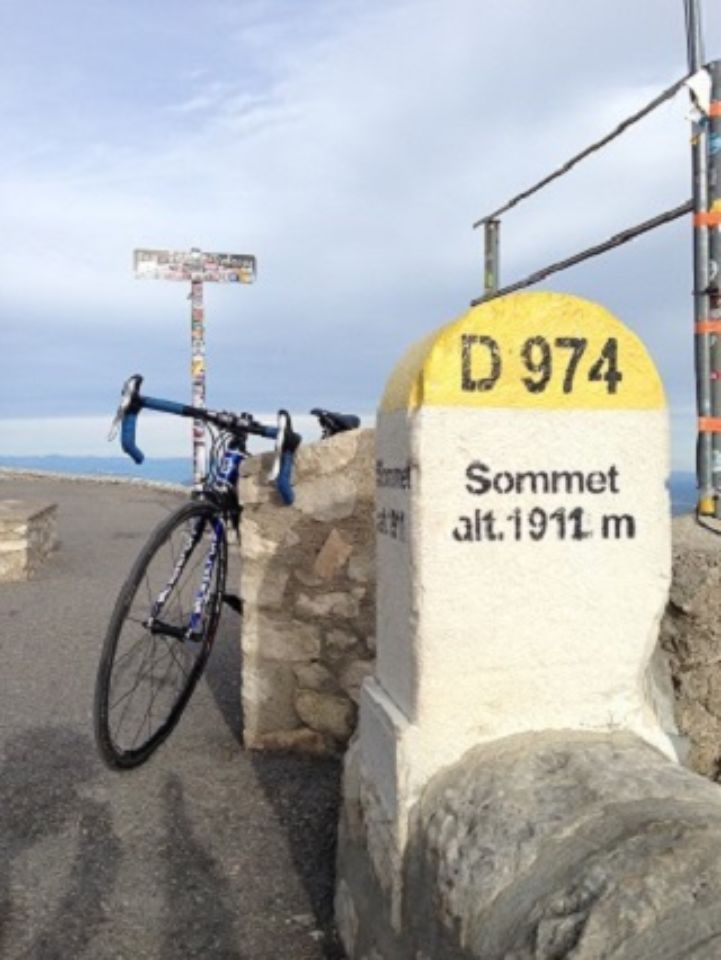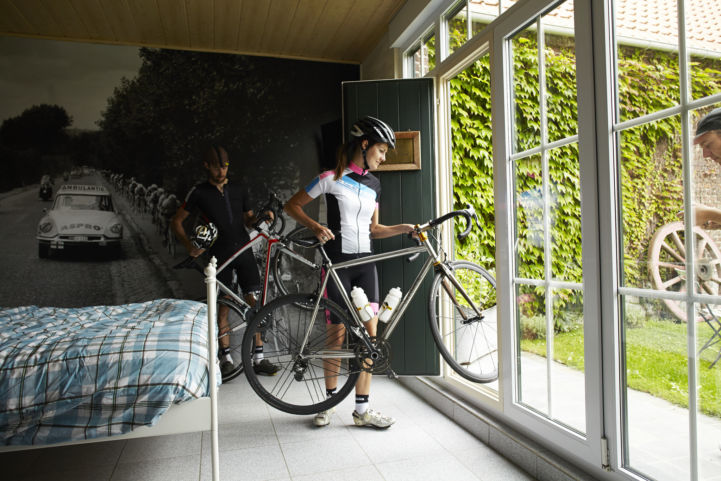Cycling and Tourism: a win-win combination for riders and local economies

No matter the discipline, the most iconic bicycle races in the world are often intrinsically linked to the location where they take place. The great sporting moments that unfold on roads, trails, tracks and in velodromes spark the imaginations of the public, inspiring them to travel to the same venues.
Many cycling fans opt to spend their holidays riding the same roads as their cycling heroes, be it the Italian Dolomites, French Alps, Spain’s Pyrenees or in Flanders, Belgium.

Marketing opportunity

Regions and cities that host elite races increasingly understand that there is a marketing and tourism opportunity to be seized in parallel. A race that is televised, shared on social media and reported on in the world’s press, not only showcases the beauty of a region but also attracts amateur cyclists. These riders may take part in organised mass participation events or simply ride in the region ahead of the elite riders. Others travel to the venue after the event, inspired by what they witnessed from afar.
Many regions develop guided routes based on elite races. For example, in Flanders, Belgium, three routes inspired by the annual spring classic, the Ronde Van Vlaanderen, are on offer. They vary from 78.4km to 115.5km in length. A dedicated tourism website - Cycling in Flanders - has been created for the region, marketing a visit as being a ‘pilgrimage for cycling fans’. The website not only details cycling routes and events, but also provides information about local hotels, B&Bs, restaurants, bicycle rentals, tour guide operators, and other services. Providing such information helps boost the attractiveness of the region as a holiday destination, and at the same time supports local businesses.
Also listed on the website are attractions that are of particular interest to cycling fans, such as the Tour of Flanders Museum in Oudenaarde or the Circuit Zolder, an F1 circuit where it is possible to cycle on the racetrack at certain times. When it comes to the tourism market, it is important to cater to all abilities: Some visitors wish to emulate their heroes on testing climbs or challenging trails, while others may simply be seeking to integrate cycling into their family vacation in an area known for cycling.
High value industry
This trend to emulate our sport stars is connected to the growing interest in cycling tourism more generally. Many tourism organisations have realised the potential that this can have for boosting local economies. For example, in Scotland, the entire cycle tourism market has been valued at as much as £239.3m each year. Studies show that cycle tourists spend more on average than other groups, representing a valuable customer base for local businesses, such as accommodation providers, cafes and restaurants, bike shops and rental companies. When done well, infrastructure for cycle tourists can also be used by local communities providing a further benefit.
In Europe, the long-distance cycle network EuroVelo is a good example of investing in bicycle infrastructure to promote and develop the cycle tourism market. These 14 routes, which can be used for short trips or longer adventures, provide a major contribution to the estimated €44bn+ European cycle tourism economy.
These routes can also have wider benefits: for example in the Hungarian capital of Budapest, improvements to the route of EuroVelo 6 along the banks of the River Danube have not only led to increasing numbers of tourists visiting the city on two wheels but also provided a vital thoroughfare for the city’s inhabitants.
The EuroVelo routes usually avoid major climbs in order to appeal to more people, but in many cases they connect with other networks, so anyone interested in more challenging sections can often combine the two. For example, the Ronde Van Vlaanderen routes mentioned above are located very close to EuroVelo 5 in Belgium.
There is little doubt that as the cycling tourism industry continues to boom it can provide concrete benefits to local economies. Long after a race ends and the riders have moved on to the next challenge, a legacy can be left to benefit the host regions and cities and promote cycling worldwide.

This article was prepared in collaboration with the UCI. Featured image: "A cyclist on the Muur van Geraardsbergen in Flanders, Belgium" - Copyright VisitFlanders